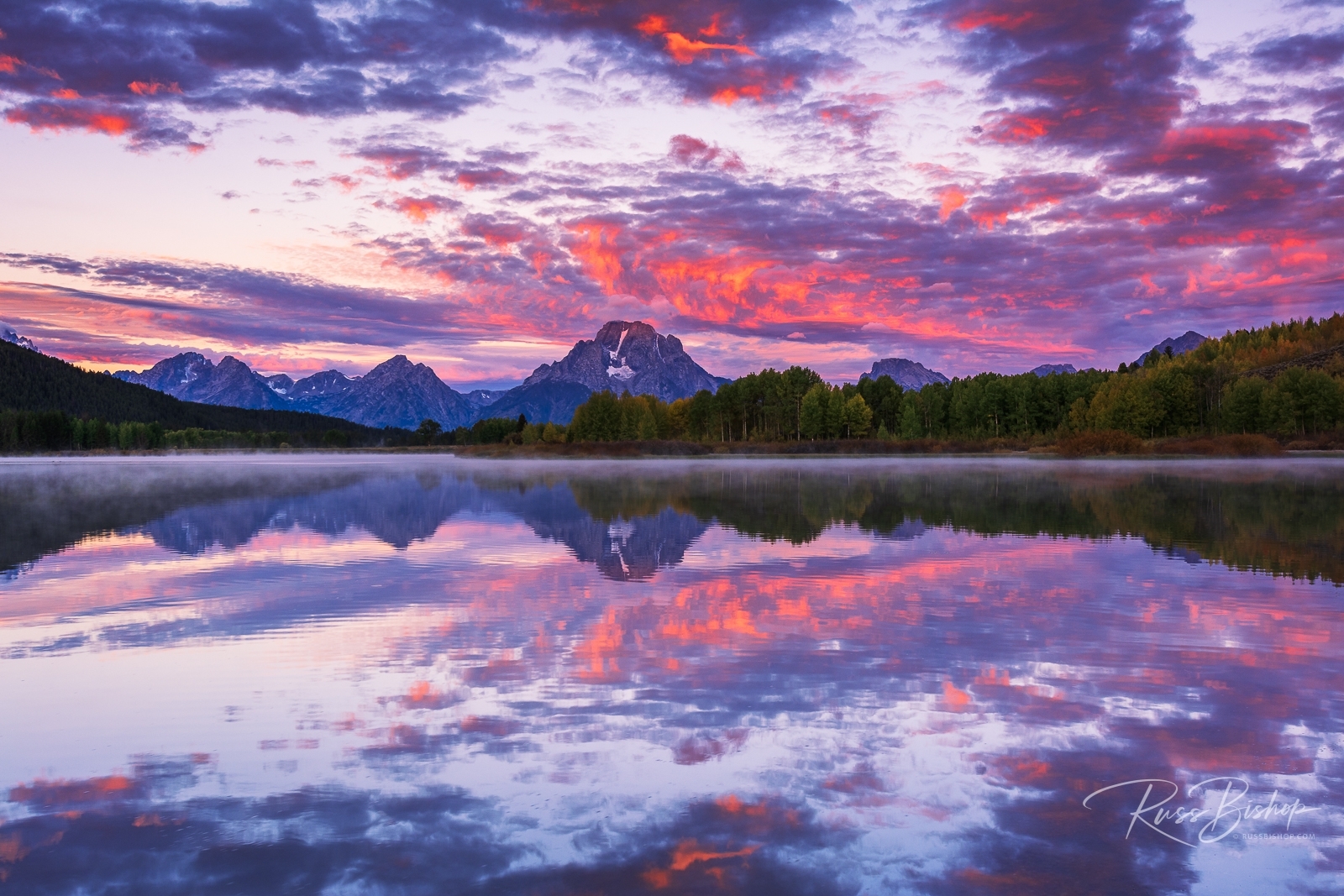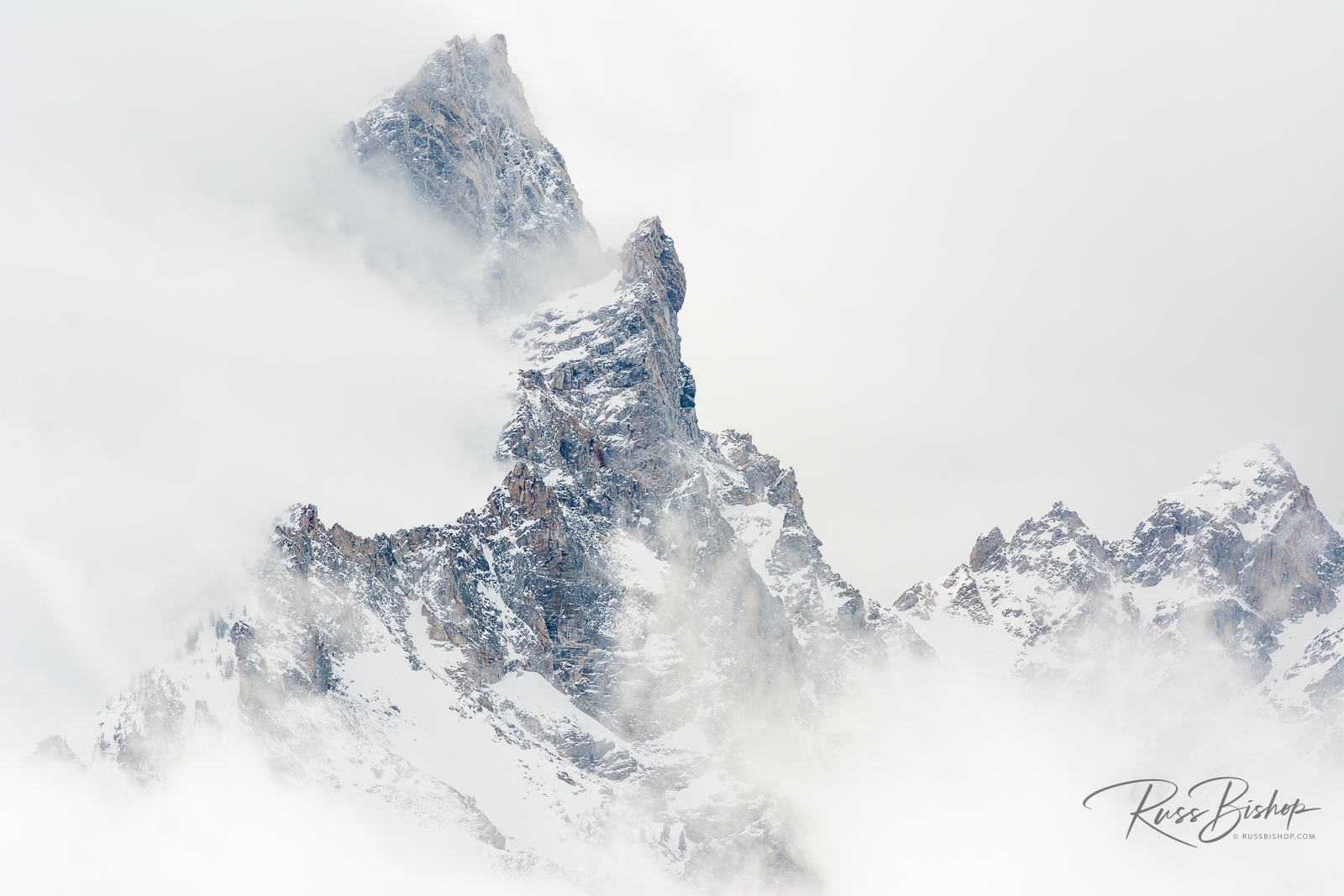
Celebrating Earth Day and National Park Week!
Fifty years ago the green movement was conceived and since then it has become a driving force in today’s world economy and social consciousness. We’ve come a long way since the early days of tie-dye and the novel concept of recycling. Fast forward to 2024 and LED light bulbs are the norm, electric cars are everywhere, and small countries like Iceland are run almost entirely on clean energy.
One of the driving forces in my photography is to show the natural world at its best and to remind us all why it’s important to preserve it. I also support organizations like The Nature Conservancy and The Wilderness Society, which do an excellent job of preserving natural spaces, working with landowners, and educating the public about the connection between health and conservation throughout the year.
This year National Park Week is April 20th-28th and Earth Day is Monday, April 22nd. Once again the National Park Service is partnering with the National Park Foundation and all entrance fees are waived on Saturday, April 20th. But even if you can’t travel It’s still a great time to enjoy America’s Best Idea at home with the kids or celebrate Earth Day in your backyard or at a natural space or preserve close to home.
Whether you connect with nature in your own town, explore and plan a visit to favorite park or simply change out those old light bulbs, take time to marvel at all the natural wonders of our tiny blue planet and make a commitment to help preserve it.
©Russ Bishop/All Rights Reserved

